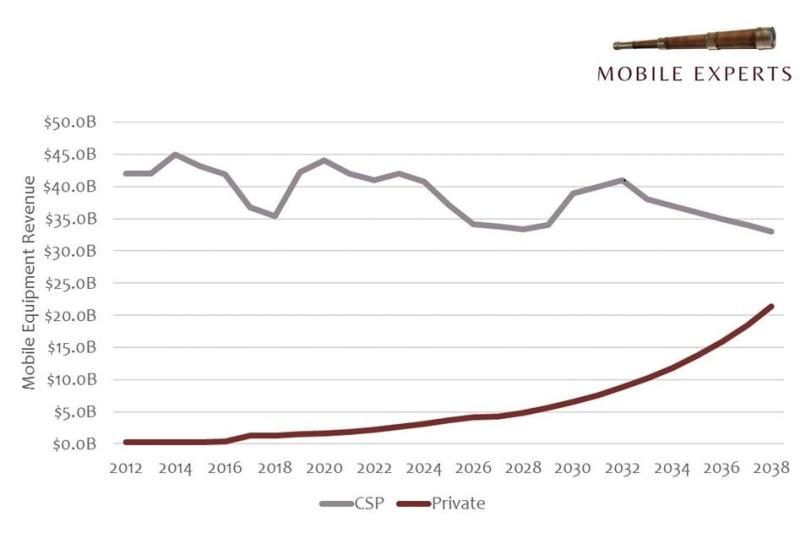
The NGMN Alliance (NGMN) recently released a position statement with some clear thoughts about how they would like 6G standards to develop. Around the same time, SK Telecom published their own white paper – showing test results in various bands and recommendations on direction. Bravo! This is the kind of discussion that we need to make 6G a success.
The statements from major operators are getting more specific and tangible and they’re finally starting to line up with my ramblings over the past three years (see here and here and here) (and here).
The consensus is coming together, and it’s becoming clear that 6G customers will require a few key features:
- In legacy frequency bands, 6G must be compatible with a software upgrade on existing radio hardware.
- In new frequency bands, 6G can use new and unique radio hardware but there’s a strong preference for baseband processing to be done on COTS servers.
- Open fronthaul between the radio and the baseband processing will be required and most of the top-20 operators will buy their hardware and software separately.
- The RAN Intelligent Controller (RIC) will be installed on the baseband servers, and operators expect to be able to install some third-party customization apps.
- The 6-15 GHz spectrum will drive higher levels of massive MIMO (super-massive MIMO? Extra-massive MIMO? Giga-MIMO?). This is a simple result of higher frequency, and comes with capacity benefits that will justify the 6G investment. Notably, in these bands the indoor penetration will be poor, so you should expect to see a dual-deployment strategy with outdoor and indoor cells.
You will see a lot of crazy ideas related to 6G, including sub-THz links, position sensing and AI that designs new air interface protocols on the fly. None of that is worth investing in. Here’s a dose of reality:
- Sub-THz will be standardized, and then it will barely be used at all. Maybe some backhaul or other fixed applications will reach commercial service, but the impact will be virtually zero.
- Using the 6G radio signal to detect position is interesting to engineers, as they imagine use cases where robots are steered by the network itself. It’s a nerdy thrill to get a “two-fer,” with the radio serving two purposes. No sane customer is asking for this. Why add complexity to solve a problem that is not a problem today?
- Artificial Intelligence will be used in 6G, but the idea that AI will create new air interface protocols in real time is lunacy. Instead, AI will be used in a straightforward role of optimizing the frequency channels, modulation, encryption, beam selection, grouping and other traffic steering aspects. In 5G networks, this kind of optimization has been proven to boost capacity by 20-30%, so it will be baked into the 6G network from the beginning.
What does all this mean? It’s clear that, like 5G, 6G will only take incremental steps. We will get another shot of capacity. The 5G URLLC features will become 6G URLLC features and, after enough time passes, the software and the enterprise business models will catch up.

We are building 6G into our long-term forecasts now. In the 2030s, we believe that 6G will build on the original dream of 5G and we will see huge investment in private cellular. There is a pot of gold at the end of this rainbow. However, it’s not based on wild ideas but on solutions to simple connectivity challenges.
Countries will be making decisions at WRC-23 next month to set aside spectrum for 6G. This is a good time to talk about what 6G can realistically deliver, and it’s great to see the operators stepping forward with a hard set of requirements.
Joe Madden is principal analyst at Mobile Experts, a network of market and technology experts that analyze wireless markets.
"Industry Voices" are opinion columns written by outside contributors—often industry experts or analysts—who are invited to the conversation by Fierce staff. They do not necessarily represent the opinions of Fierce.
